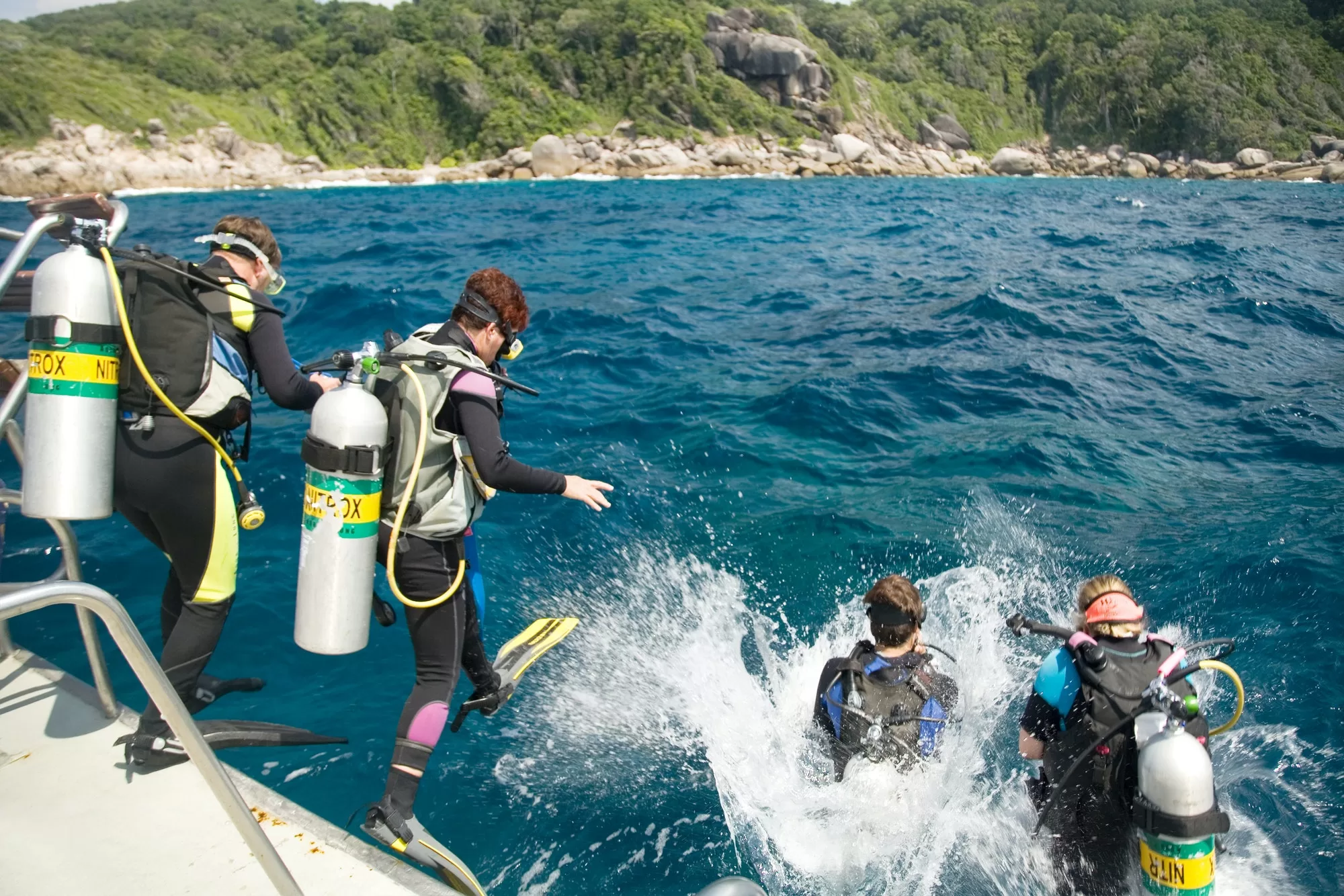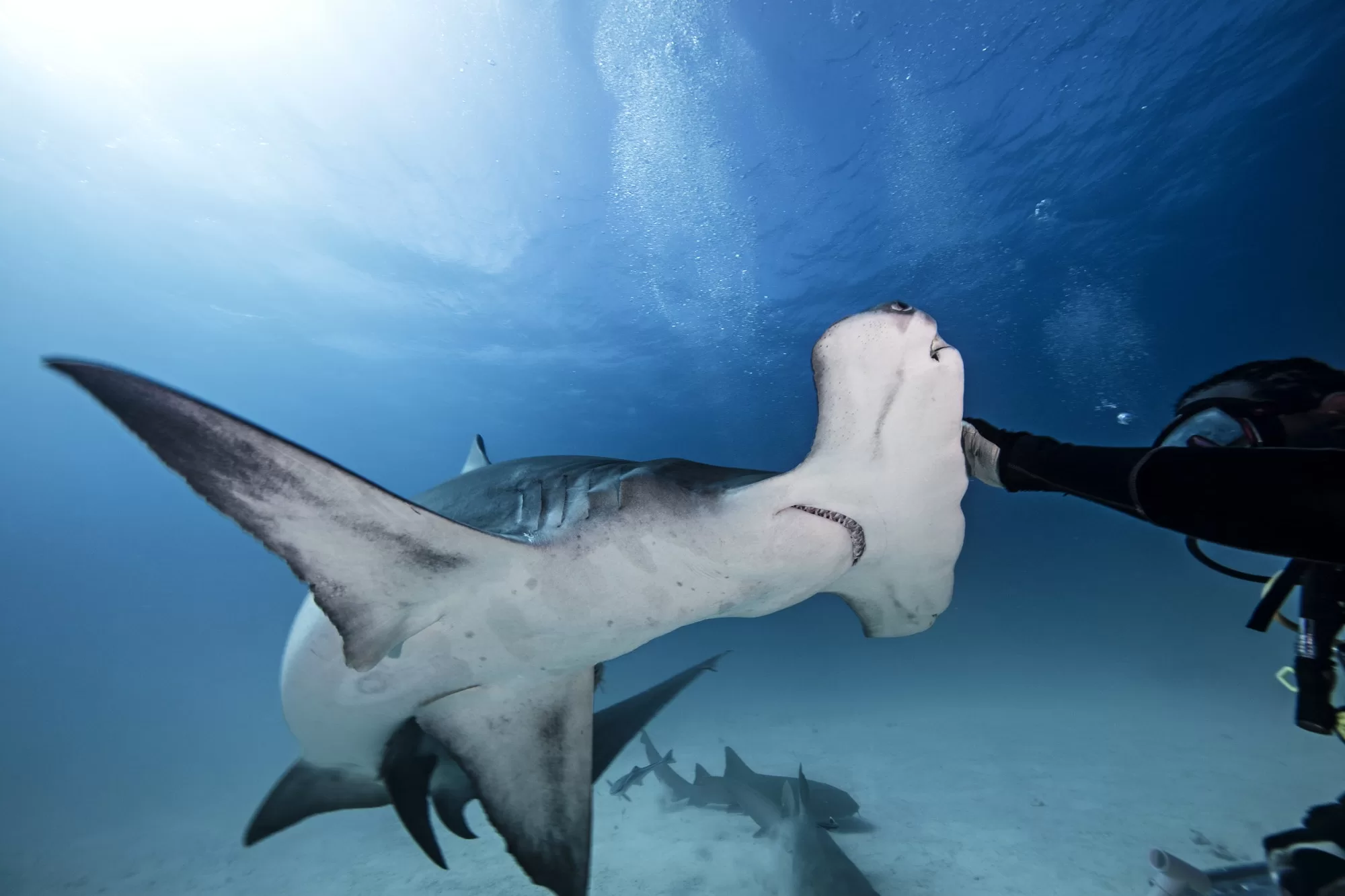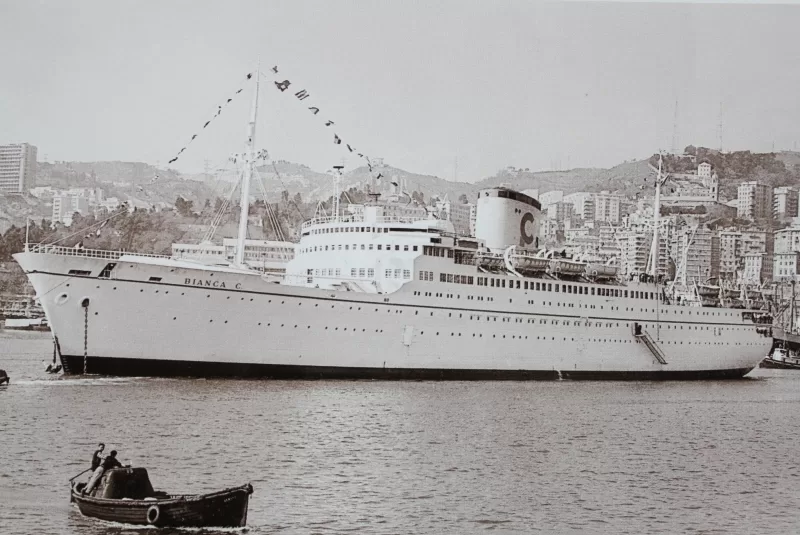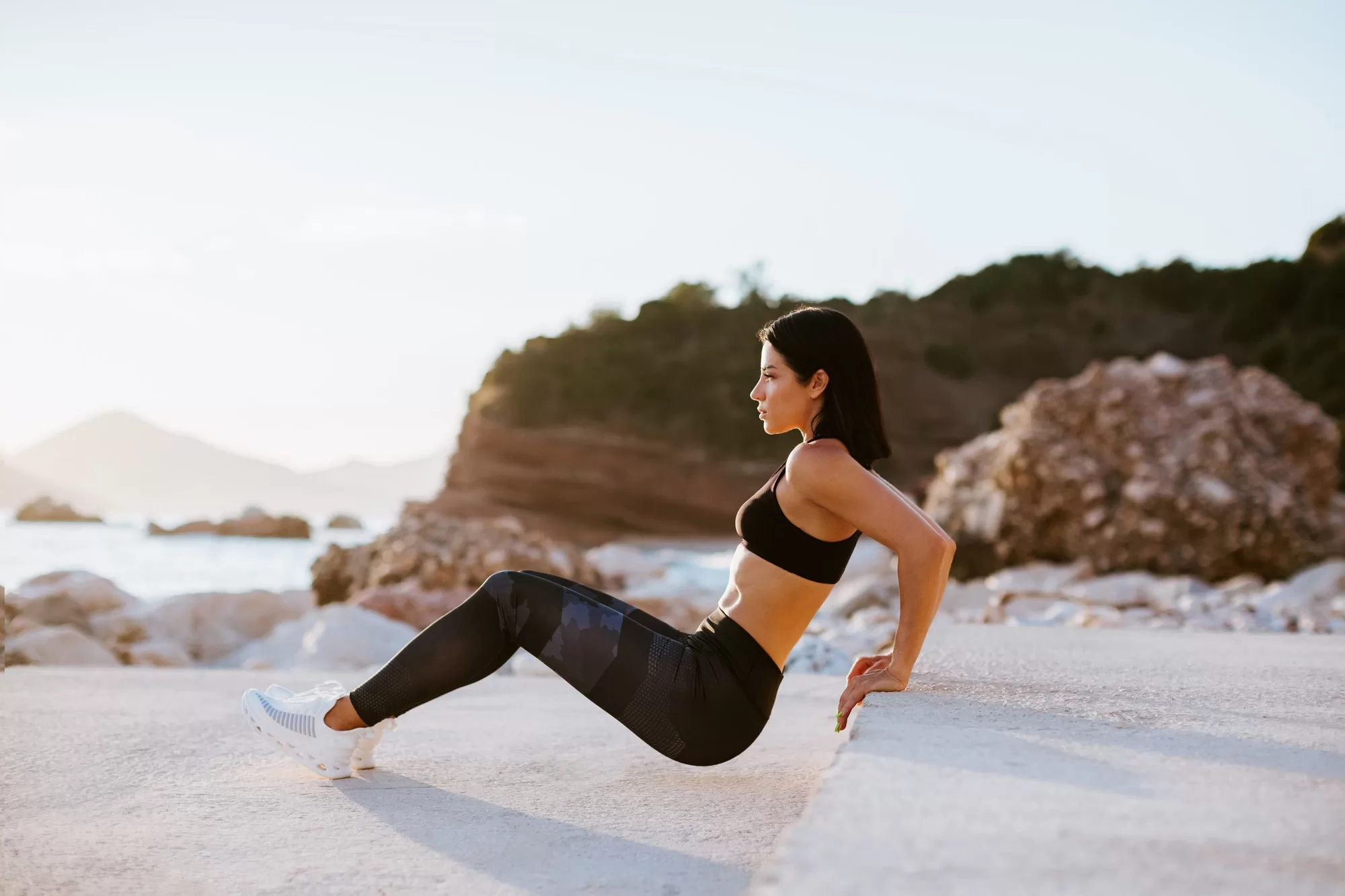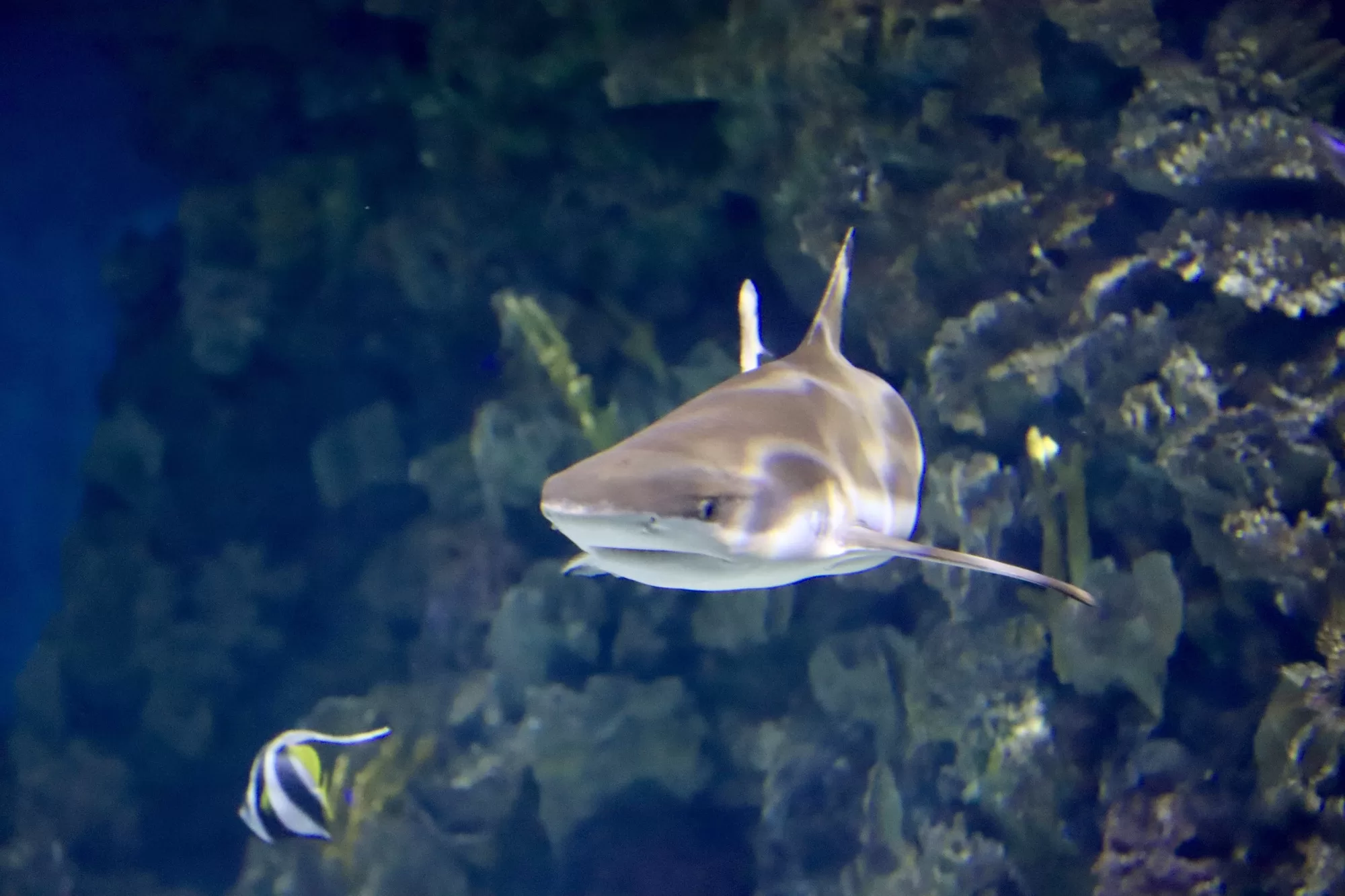Introduction
Hey there, ocean lovers and adventure seekers! Have you ever gazed out over the endless blue and wondered what mysteries lie beneath those waves? I’m here to tell you, as a travel blogger and avid scuba diver, that the underwater world is every bit as magical as it looks from the surface. But before you can join the ranks of those exploring this incredible realm, there’s an essential step you need to take: getting scuba certified.
Scuba diving is more than just strapping on a tank and jumping in. It’s about understanding and respecting the ocean, and most importantly, being safe while you enjoy its wonders. That’s where scuba certification comes in. It’s your passport to the deep blue, ensuring you have the skills, knowledge, and confidence to dive responsibly and revel in the awe-inspiring beauty of the underwater world.
Understanding Scuba Certification
Decoding the Certification Puzzle
So, what exactly does being scuba certified mean? In simple terms, it’s proof that you’ve been trained to dive safely and responsibly. This certification isn’t just a formality; it’s a crucial step in ensuring your safety and the safety of those diving with you.
Choosing Your Diving School: PADI, NAUI, SSI, and More
There are several scuba diving agencies out there, each with its own set of courses and certifications. The most well-known include PADI (Professional Association of Diving Instructors), NAUI (National Association of Underwater Instructors), and SSI (Scuba Schools International). While each has its own approach and style, they all aim to equip you with the skills needed to dive safely. Whether you’re dreaming of leisurely reef dives or aspiring to explore deep wrecks, these organizations offer courses tailored to every interest and skill level.
Why Certification Matters
Being certified is about more than just learning to use the gear. It’s about understanding how to plan dives, manage potential risks, and protect the fragile marine environment. It’s a badge of honor that shows you’re committed to being a responsible member of the global diving community. Plus, it’s your ticket to join guided dives and rent equipment all over the world, unlocking countless adventures beneath the waves.
As we dive deeper into this guide, we’ll explore how to choose the right certification course for you, what to expect during the training, and how to prepare for your first dive into the mesmerizing world below the surface. Get ready to embark on a journey that will change the way you see our planet!
Choosing the Right Certification Course
Setting the Stage for Your Underwater Adventure
Embarking on your scuba diving journey starts with selecting the right course. It’s like choosing the first destination on a grand travel itinerary – crucial and exciting!
The Diverse World of Scuba Courses
The most common starting point is the Open Water Diver course, your gateway to becoming a certified diver. Think of it as Scuba 101, covering all the basics. But the journey doesn’t stop there. After mastering the fundamentals, you can dive deeper (literally!) into the Advanced Open Water course, which opens up new underwater experiences like night diving and deeper exploration.
For those who have a specific aspect of diving that fascinates them, Specialty Courses are the way to go. Fancy underwater photography? There’s a course for that. Intrigued by the idea of exploring shipwrecks? There’s a course for that too!
Choosing What’s Right for You
When picking a course, consider:
- Location: Are you learning in a local pool or jetting off to an exotic destination? The location can vastly change your learning experience.
- Duration: Make sure the course fits into your schedule. Some can be intense, while others are more relaxed.
- Cost: Prices vary widely. Remember, cheaper isn’t always better, especially when it comes to safety.
- Personal Goals: Are you diving for fun, photography, or something more adventurous? Align your course with your aspirations.
Finding the Perfect Dive Center or Instructor
The right instructor and dive center make all the difference. Look for certified professionals with good reviews and a safety-first approach. Don’t hesitate to ask about their experience, teaching style, and the equipment they use. A good rapport with your instructor is key to a great learning experience.
The Certification Process: What to Expect
Mapping Out the Certification Journey
The road to certification is an exciting blend of theory, practice, and real-world experience.
The Theoretical Foundation: Classroom and E-Learning
First up is the theoretical part. This can be done in a traditional classroom setting or through e-learning. You’ll learn about dive equipment, safety procedures, and the physics and physiology of diving. Each method has its perks – classroom learning offers personal interaction, while e-learning provides flexibility.
Getting Your Feet Wet: Confined Water Dives
After hitting the books, it’s time for confined water dives, usually in a pool. Here, you’ll put your newfound knowledge into practice in a safe and controlled environment. You’ll learn basic dive skills like breathing underwater, clearing your mask, and buoyancy control. Think of it as a dress rehearsal before the main event.
The Open Water Dives: Putting Skills to the Test
The final step is open water dives – this is where the real adventure begins. You’ll apply everything you’ve learned in a natural dive setting, under the watchful eye of your instructor. Typically, you’ll complete four dives over two days. It’s not just a test; it’s your first real taste of the underwater world.
Physical Fitness and Swimming Skills: Essential for Safety
Remember, scuba diving is a physical activity. Basic swimming skills and a reasonable level of fitness are important. You don’t need to be an athlete, but comfort in the water and the ability to swim are essential.
Stay tuned as we dive into the next sections, where we’ll cover the gear you’ll need and the vital safety practices every diver should know. Your underwater adventure is just about to get real!
Gear and Equipment: What You Need to Get Started
Suiting Up for the Underwater Journey
Like any great adventure, scuba diving requires the right gear. Let’s break down the essentials you’ll need to explore the underwater world.
The Scuba Diving Essentials
- Mask: Your window to the underwater world. A good fit is crucial to prevent leaks.
- Snorkel: Useful for conserving air while you’re on the surface.
- Fins: They’re your propellers underwater, providing mobility and agility.
- Regulator: This is your lifeline, delivering air from your tank to you.
- Buoyancy Control Device (BCD): It helps you maintain neutral buoyancy underwater. Think of it as your underwater control center.
- Scuba Tank: This carries your air supply. Tanks vary in size and material, affecting buoyancy and dive duration.
To Rent or To Buy?
This is a big question for many new divers. Renting is a great way to start. It’s cost-effective and lets you try different types of gear before committing. However, having your own gear means familiarity and comfort, which can enhance your diving experience. If you dive frequently, investing in your own gear might be worthwhile.
Maintaining Your Scuba Gear
Taking care of your gear is key to safe and enjoyable dives. Rinse everything with fresh water after each dive, check regularly for wear and tear, and have your gear serviced by professionals annually. Proper storage away from direct sunlight and heat is also crucial to extend the life of your equipment.
Safety First: Essential Scuba Diving Safety Practices
The Buddy System: A Diver’s Best Friend
Never dive alone. The buddy system is a fundamental safety practice in scuba diving. It’s all about mutual support and safety. Check each other’s gear before diving, communicate underwater, and stay close enough to provide assistance if needed.
Avoiding Underwater Hazards
Being aware of common diving hazards is crucial. Strong currents, marine life encounters, and changes in visibility can all pose risks. The key is to stay calm, stick to your training, and always be aware of your surroundings.
Never Stop Learning
Continuing education is vital in diving. Advanced courses, rescue diver training, and specialty courses not only open up new diving experiences but also enhance your skills and safety awareness. Always dive within the limits of your training and experience. As you grow in your diving journey, these limits will naturally expand, leading to more adventurous and fulfilling dives.
In the next section, we’ll look at what to expect on your first dive and how to plan it for maximum enjoyment and safety. Get ready to take the plunge into a world unlike any other!
Taking the Plunge: Your First Scuba Diving Adventure
Embarking on Your First Underwater Voyage
Congratulations, you’re now certified and ready to dive into the big blue! Your first scuba diving adventure awaits, and I’m here to ensure it’s as exhilarating and memorable as you’ve dreamed.
Planning Your Maiden Dive
- Choose the Right Dive Site: For your first dive post-certification, select a site that’s known for calm, clear waters and beginner-friendly conditions. This will help you build confidence.
- Check Weather and Sea Conditions: Always check the forecast before your dive. Ideal conditions for a beginner’s first dive are calm seas and minimal current.
- Dive with a Reputable Operator: Choose a dive center or operator with a strong track record for safety and beginner-friendly excursions.
- Review Your Training: Go over your dive skills and procedures. It’s normal to feel a bit nervous, but revisiting what you’ve learned will boost your confidence.
Beginner-Friendly Dive Destinations
- The Caribbean: Known for its warm, clear waters and vibrant coral reefs. Ideal for beginners.
- The Great Barrier Reef, Australia: Offers a wide range of dive sites that cater to all skill levels.
- Hawaii: With its diverse marine life and well-established dive centers, Hawaii provides a great setting for new divers.
- The Red Sea: Renowned for its stunning visibility and rich underwater biodiversity.
Maximizing Your First Dive Experience
- Stay Relaxed: Keep calm and breathe normally. Remember, it’s all about enjoying the experience.
- Stay Close to Your Buddy: Maintain a comfortable distance from your buddy and communicate regularly.
- Manage Your Buoyancy: Practice buoyancy control for a smoother and more enjoyable dive.
- Take It Slow: No need to rush. Enjoy the sights and get comfortable with the sensation of being underwater.
- Observe, Don’t Disturb: Enjoy watching marine life, but remember to respect their environment and keep a safe distance.
Dive In with Awareness and Excitement
Your first dive is the beginning of a lifetime of underwater adventures. Embrace the experience with awareness and excitement. Remember, every dive is a learning opportunity. Soak in the beauty, respect the ocean, and always dive within your limits. Here’s to countless dives and unending exploration!
In the conclusion, we’ll wrap up our guide and set you off on your scuba diving journey with some final thoughts and inspiration. Get ready to explore a whole new world beneath the waves!
